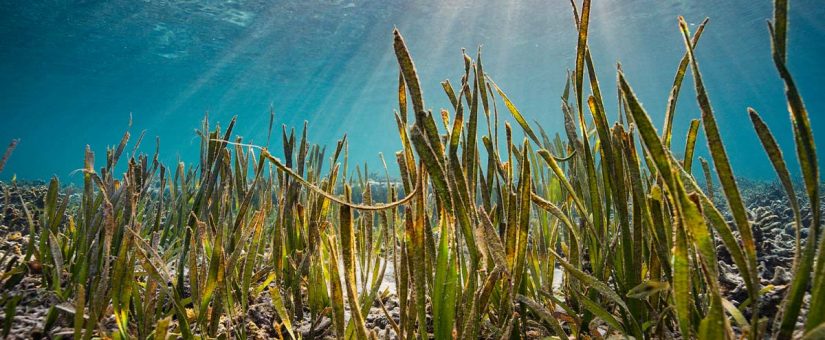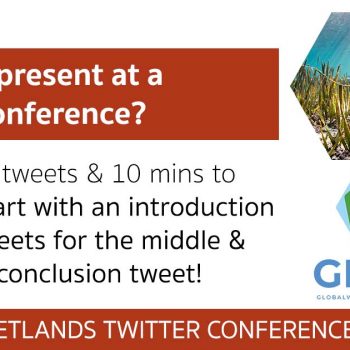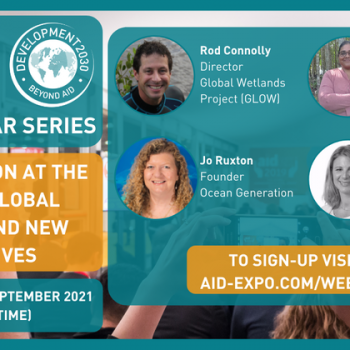
Predicting global hotspots of risks to unmonitored seagrass meadows
- Posted by Natasha Watson
- On November 30, 2021
By Dr Mischa Turschwell
Seagrasses are marvellous coastal ecosystems that provide a range of critical ecosystem functions and services, including climate regulation and fisheries production, however they are under threat.
It has been difficult to know where seagrass meadows around the world are at high risk of loss due to a lack of monitoring. Seagrass is challenging to monitor as it’s predominately found underwater and cannot be easily observed from satellites, like mangroves can. In our recent paper, published in PNAS, we have been able to gap-fill and predict the risk of seagrass loss in regions where no long-term monitoring exists. With colleagues from Simon Fraser University, the University of British Columbia, Swansea University and James Cook University, we used data from the places around the world where seagrass trends have been assessed to be able to calculate where risks to seagrass are greatest.
These predictions can help target where monitoring can be put in place and focus seagrass conservation actions on where they are needed. We identified the areas at high risk of seagrass loss that are not being monitored. These include the North Sea, the Baltic Sea, the northern British Isles, the western North Atlantic, the Gulf of Saint Lawrence, the northeast Pacific Ocean, Japan, and several hotspots in Southeast Asia.
The top pressures we found contributing to seagrass decline are poor water quality and destructive fisheries practices, such as trawling. Other pressures driving declines in seagrass area included extreme sea surface temperatures, shipping and organic chemical pollution. Reducing these pressures can help conserve seagrass. We found that Seagrasses with different life histories had variable responses to human pressures, with persistent seagrass species having the most stable trajectories.
By identifying likely hotspots of change, our results provide a guide for future monitoring efforts to support the protection and conservation of the world’s seagrass meadows.
For more information see Turschwell et al. 2021, Anthropogenic pressures and life history predict trajectories of seagrass meadow extent at a global scale.




0 Comments